We are writing this post from The Barn in Berlin, Germany. Just a few years ago, if you wanted great coffee in Prague, you had to sit in your car, drive to Berlin and have 3rd wave coffee there. You felt like the king devouring a cup of Illy cappuccino in Prague and only a few had any idea what flat white, vacuum pot or Hario equipment meant.
Oh boy, how time flies! Today, we do not travel for good coffee. Instead, we return home for good coffee, and whenever we visit other cities in Europe (with some exceptions, of course), we tend to miss the quality of the coffee you can now get in Prague. To help you navigate the Prague coffee landscape, we bring you a list of our favorite cafés in Prague.
Now, a few disclaimers: this is by no means an exhaustive list. We have simply made a list of the cafés in Prague we visit to get some good coffee. We are pretty sure this list will need updating just in a few months' time. Also, we have ordered the cafes in the list as they came to our mind so the order of the list is fairly random and does not mean we rank the cafes in that specific order.
Alright, now that all the potential lawsuits have been avoided and friendships with the baristas saved, here is the list:
Muj salek kavy
The flagship cafe of the Doubleshot coffee roasters, Muj salek kavy has long been a favorite among coffee lovers here in Prague, and rightly so: their standard is pretty high and they never go beyond it. You can get your espresso or flat white, but they also use alternative methods of coffee preparation. If you unsure which beans to choose, the baristas and waiters - a really great bunch, by the way - are always happy to recommend the best one for you, or you don’t have to choose at all: just get their tasting set of three different roasts.
They have recently expanded and their brand new barista center will open to the public in September. Their kitchen has been enlarged, too, and you reap the benefits: they serve nice breakfasts (for the entire day over the weekends), light dishes during the day, decent cakes and delicious ice cream by 2AD (dairy and gluten free options available). We love their non smoking outside seating area. For the rush hours, reservations are a must.



























